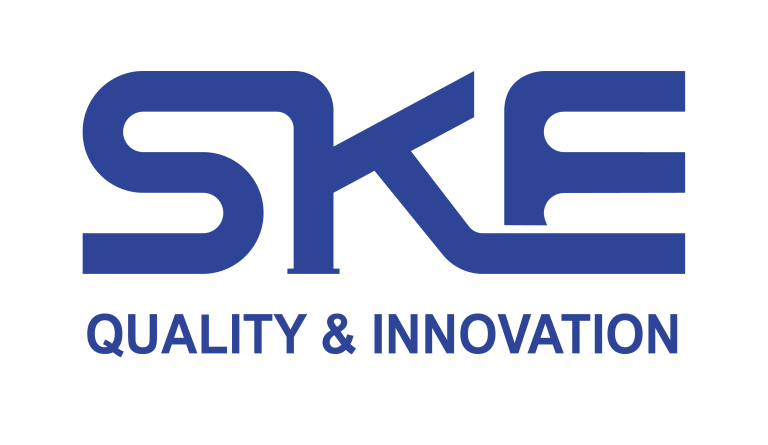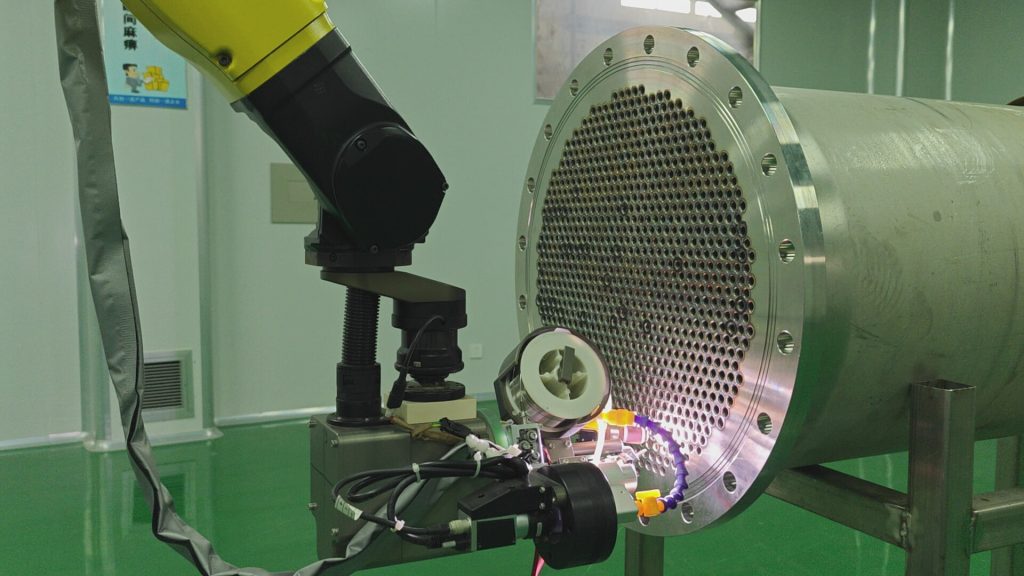At SKE, every weld we make is a silent guarantee of precision and accuracy. We understand that even the smallest welding details can have a huge impact on the performance of your equipment. Our four automated welding machines are not just machines—they are precision instruments carefully designed by our master craftsmen to enhance the quality, consistency, and safety of your equipment.
Pipeline automatic welding
Details: Pipeline automatic welding technology enables continuous welding along the circumferential seam of the pipeline without the need for frequent electrode changes, slag removal, or position adjustments, as required in manual welding. It is suitable for welding long-distance, large-diameter pipelines.
Benefits: The high quality and high pass rate of pipeline automatic welding technology significantly reduce material, labour, and time costs associated with weld repair. Precise control of heat input can reduce the number of weld layers or the amount of filler metal used, while also alleviating the ‘welding labour shortage.’ However, the choice between pipeline automatic welding and manual welding should be made based on a comprehensive assessment of the project’s scale, pipe diameter, wall thickness, terrain, schedule, budget, and quality requirements.
Pipeline automatic welding technology is widely applied in pipeline engineering fields with high requirements for welding efficiency, quality, and safety.
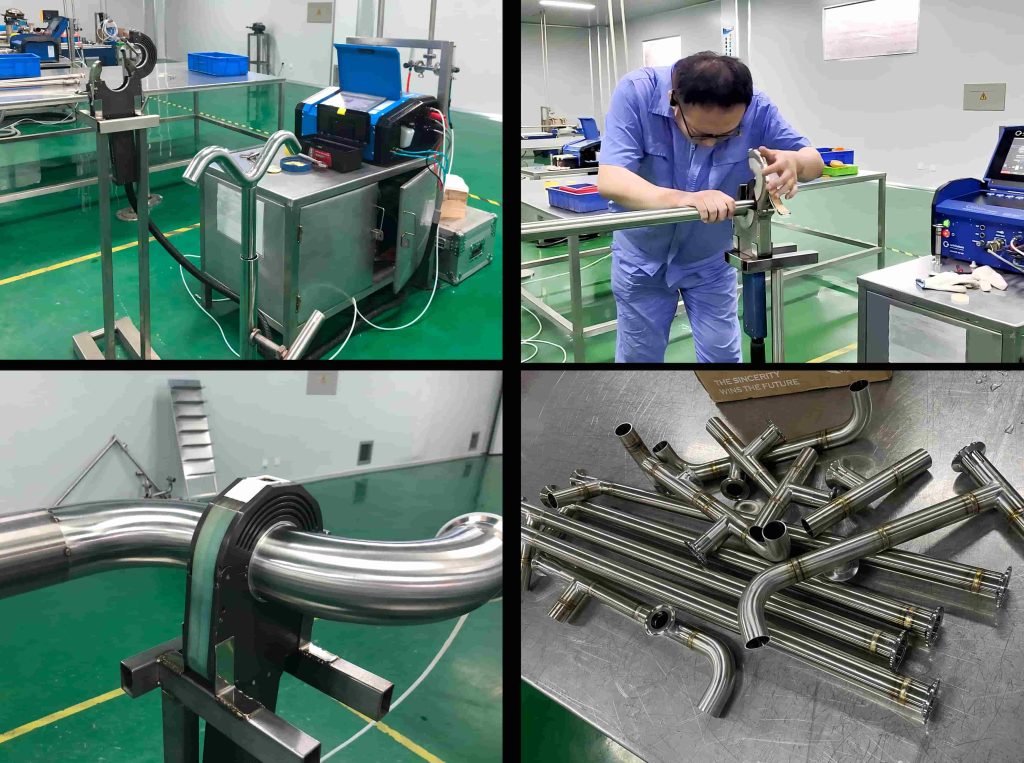
Automatic welding of heat exchangers
Details: Heat exchanger automatic welding technology precisely controls current, voltage, wire feeding speed, welding speed, oscillation parameters, arc length, etc., while also precisely controlling heat input to reduce welding deformation and the heat-affected zone.
Benefits: Heat exchanger automatic welding technology can operate 24/7 (monitoring required), producing smooth, perfect welds that reduce subsequent workloads, eliminate the risk of tube end leaks, and enable quality traceability. In the tube end welding process, heat exchanger automatic welding has become an irreversible technological trend and a core competitive advantage.
Heat exchanger automatic welding technology is applied to tube sheet and heat exchanger tube welding, shell circumferential and longitudinal seam welding, nozzle and flange welding, shell welding, and other special joints.
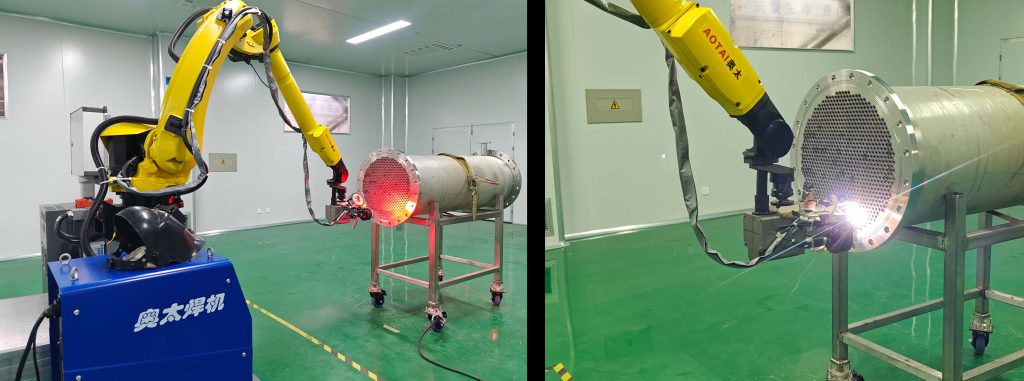
Automatic welding of pressure vessels
Details: Automatic welding technology for pressure vessels significantly reduces defects such as porosity, slag inclusions, incomplete fusion, incomplete penetration, undercut, and cracks, greatly improving the first-pass weld quality rate (RT/UT/PT) and reducing the risk of leakage and failure.
Benefits: The high pass rate significantly reduces the costly rework expenses (failed non-destructive testing, leakage during pressure testing, on-site repairs) associated with materials, labour hours, and project schedules. Automatic welding technology for pressure vessels saves a significant amount of welding material compared to traditional wide-groove welding and enables real-time monitoring of critical parameters to achieve tamper-proof quality traceability.
Automatic welding technology for pressure vessels achieves a leap in weld quality and a doubling of production efficiency with precision and stability far exceeding manual welding, while significantly reducing long-term comprehensive costs, safety risks, and reliance on welder skills.
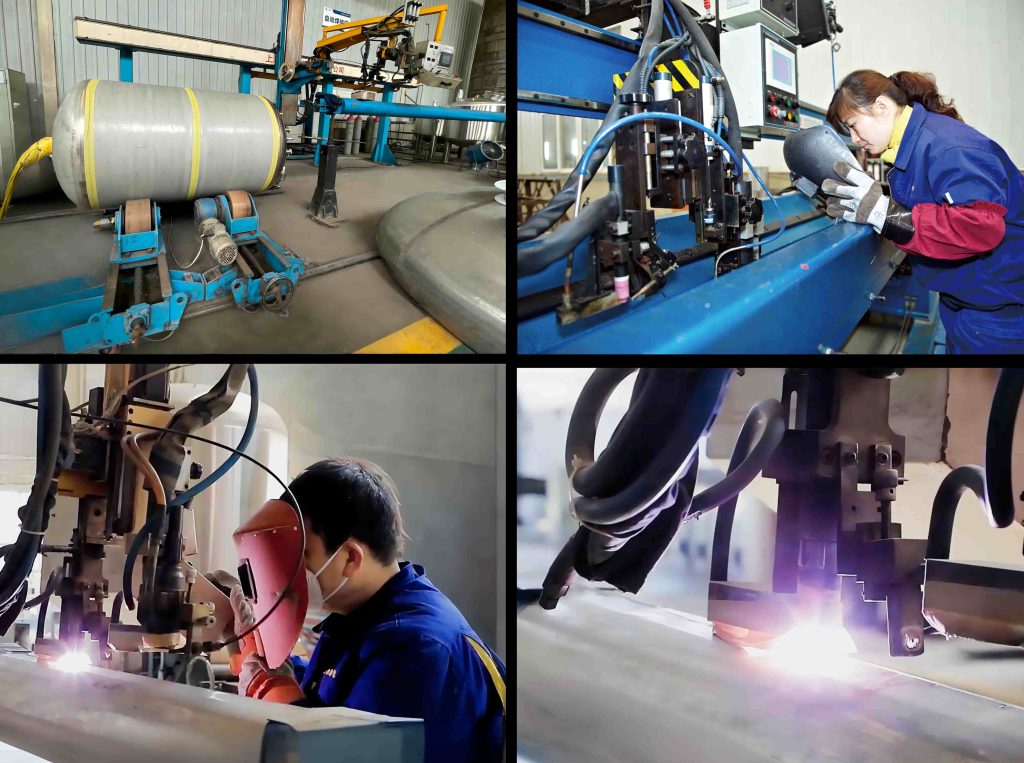
Automatic welding of heat exchange jackets
Details: The automatic welding technology for heat exchanger jackets precisely controls current, voltage, and welding speed, effectively preventing burn-through and deformation of thin-walled jacket plates (typically 3–6 mm thick)—the greatest challenge in manual welding. It produces continuous, full, and smooth weld beads, with stable parameters reducing spatter, resulting in a cleaner weld appearance.
Benefits: The uniform weld seams produced by automatic welding technology prevent localised bulges or weld spatter from obstructing medium flow, thereby reducing the risk of flow channel blockage. Through precise control of heat input, optimised welding sequence, and uniform welding speed, the heat-affected zone is minimised to the greatest extent.
Automatic welding technology for heat exchanger jackets revolutionarily addresses the two major challenges of thin-walled jacket welding—deformation control and seal reliability—while significantly improving production efficiency.
Application scenarios are clearly defined: primarily used in the pharmaceutical, chemical, and food industries for the manufacture of containers such as spiral baffle plates or half-pipe jackets, fermenters, agitators, and storage tanks.

